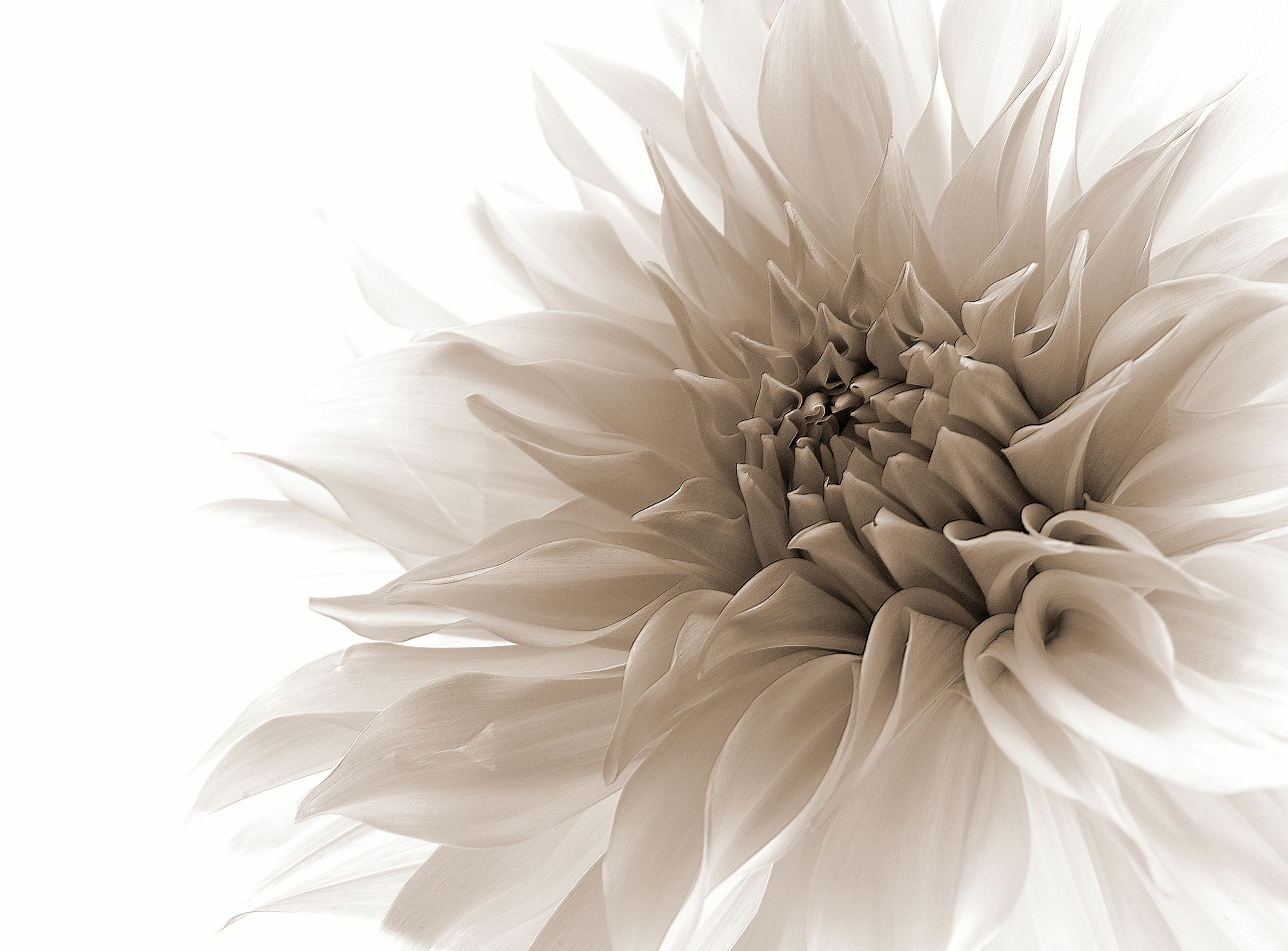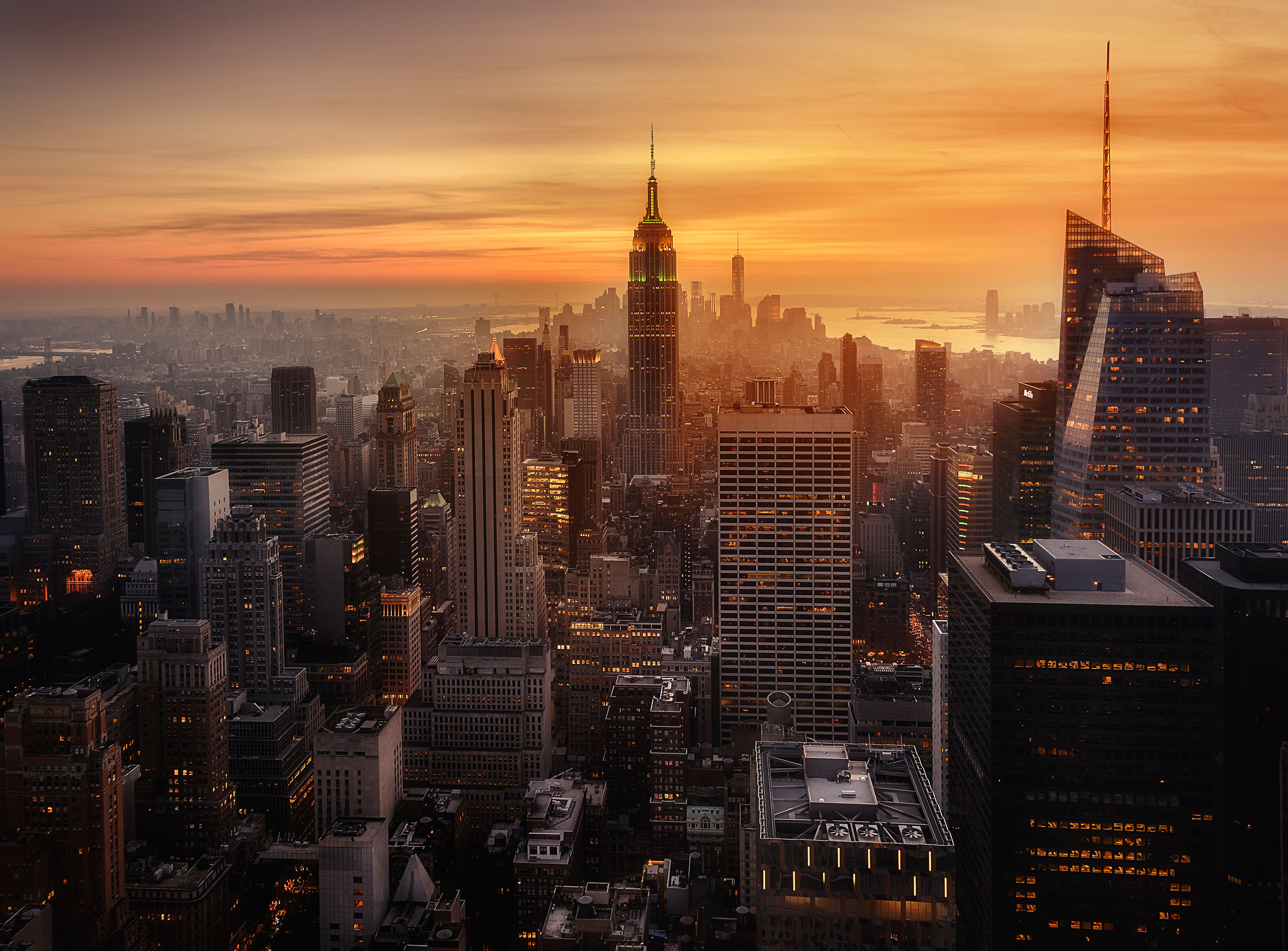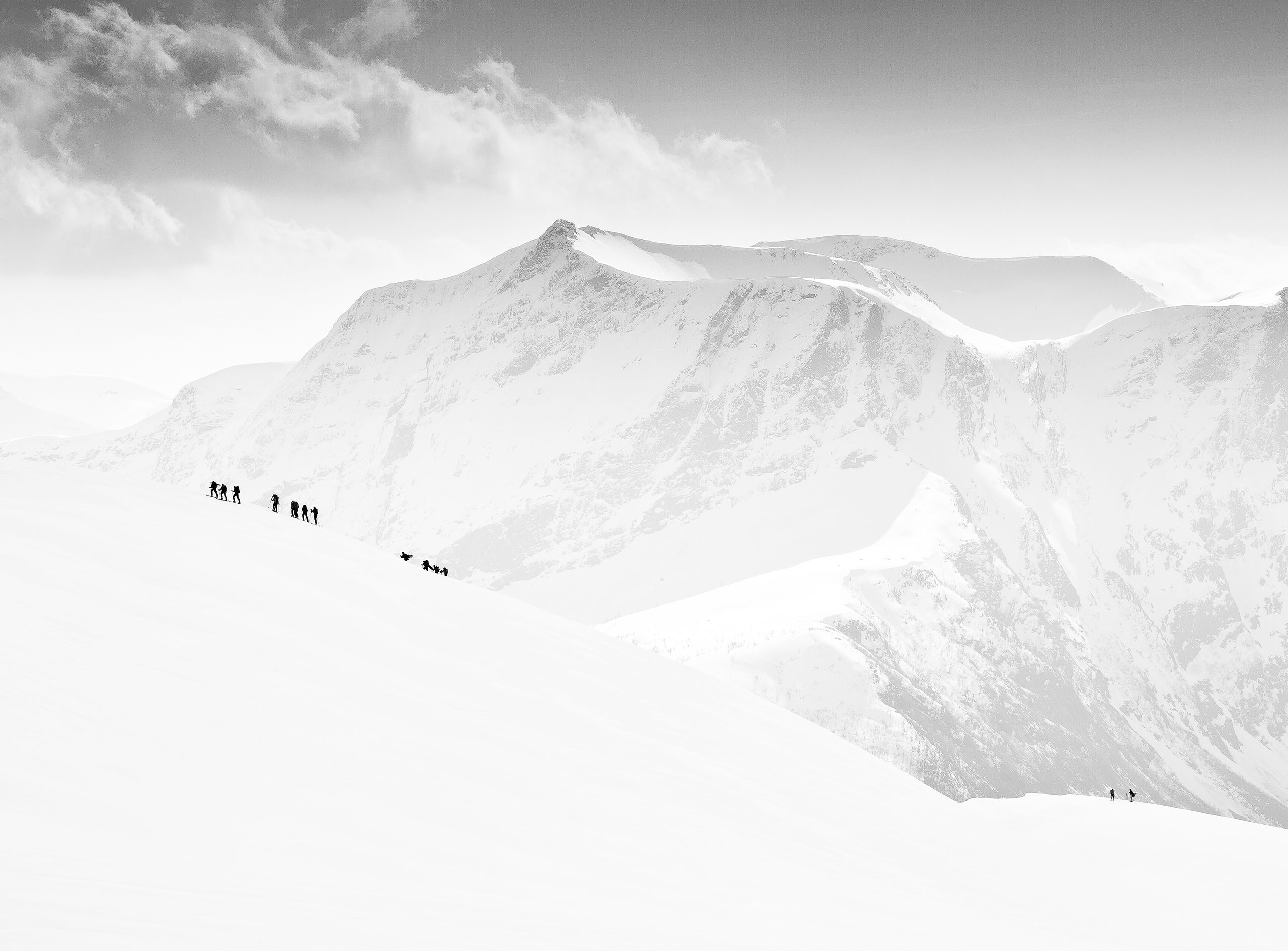SEARCH






|
|
|
|


Photography by Davide Barzaghi
Texts by Giancarlo Tonani
Published the 30st of May 2025
About Davide Barzaghi
Born in Asti in 1976 and raised in a small town in Monferrato, I moved to Rome to attend the faculty of psychology at La Sapienza University. I became a father at a very young age and on that occasion I started my business as an entrepreneur from scratch. Always passionate about art and design I discovered photography in 2020, self-taught and in parallel with the development of a rare neurological disease that impaired my ability to walk and speak fluidly. Since that day, capturing images has become my way of communicating, expressing my ideas and conveying my emotions. I shoot exclusively with my iPhone camera, without using additional lenses or photo retouching or post-production softwares. Over the years I have been shooting nonstop, constantly searching for my precise identity and a technique that would allow me to express the complexity of the gaze. I portray the everyday, look for the dazzle of an eternal instant, dive into my depths to search for the light of the soul. Glances, naked bodies, essential sets, uncanny compositions, the presence-absence of life declined in its daily flow, ghosts suspended between the real and the imaginary, between memories and hopes.
More than 400 published images, more than 150 award-winning, 3 realized projects exhibited in museums, galleries, venues in Italy,France, Germany, Spain, South Africa, United States, Brazil, Switzerland, England, Japan, UAE, Principality of Monaco. Olympus has fallen, circus the abandoned future and now Afterlife: three projects that tell my life, my language, my world. I have had the good fortune to meet on this journey collectors and critics who have found my works introspective, interesting, worthy of being proposed to a wide audience, and enhanced through exhibitions and displays. Currently my project Aldilà is on display in Milan, Barolo and Asti, in the coming months it will be on view in Monte Carlo, Alassio, Berlin, Dubai, Palma, Zug and Turin.
I thank every single collector, every critic, every publisher, every visitor, every sponsor, I thank all those who have made this journey possible and have been passionate in front of my emotions.
'A.D. 2023'
'Potremmo essere Felici'
'Pagine'
GAPS
'Il Buio Dentro'
'Il Vizio'
'La Fine dell'Estate'
SUR-REALITY
'Res/Rei'
'Nuda'
'Mi Vendo'
'Il Vuoto'
EDEN HORIZON
'Imprevisti'
'La Bambola'
'La Lettera'
LOVE AND WALL
'Respiro'
'Incompresioni'
'Aldilà'
See more here [370] Davide Barzaghi
About AlDiLà - The àgalma of the everyday
Agalma is a word that harks back to the original meaning of a precious little gift: a little thing, in its customary use value, is invested with the sense of an elegant and rare choice, and is thus charged with those valences, affective and even intrusive, that gifts have. It is linked, by analogy, to the reflowering myth of the sculptor Pygmalion who falls in love with his statue to the point of wanting to make a living being out of it. Hence, also through the high road of Plato's Symposium, the metaphorical meaning of treasure hidden in an object, in a game, in a story, in an image, in a person. With the direct gaze in this sense, one can grasp the agalmatic value of everything. A shining, a light of special vividness can pop up in the everyday. It is readable in this direction "AlDiLà." And it moves toward a twofold adventure, visual and symbolic.
First of all, toward the search for a photographic style, starting from the way of framing the scene, to the strategies of cutting, of choosing the detail, to the recurring games of shadows, of contrasts, of details that return as small, sometimes hidden signatures of the author. Also at work in this research is unconscious perception, a “tropism” (to use the word used by a great photographer, Ralph Gibson) that, as if by pulsional attraction, orients the photographer toward a shot that becomes “his own,” a sign-spy of his inner world, of his own very particular way, largely unknown to himself, to interpret reality.
That is why the expressive figure of “AlDiLà” should be sought even among photos that belong to distant themes; precisely the recursiveness of particular uses of the medium, sometimes obvious, other times very subtle, ends up bringing them into dialogue.
There is, then, a symbolic structure that presents itself right from the title of the exhibition. The set of photos gradually dissolves the open evocativeness of that “overcoming,” that “beyond.” So many doors appear in the pictures, revealing details of the force with which the theme of the gateway, the threshold, the open-closed, dark-light contrast plays, suggesting as the emotional center of this work the confrontation with critical moments of life, with the psychological incandescence of daily living. There is an adage, Pirandellian and Montalian, that “life is either written or lived”: variously declined by exponents of the full range of art forms, from painting to music to photography, it can be interpreted in two opposite directions. Art is so demanding that it becomes the bottomless pit of vital energies.
Or, rather, art is vitality, it is life capable of enhancing life, giving it meaning, allowing personal experiences to access the boundless system of the symbolic, where pain, love and the infinite range of emotions resonate, acquire perspective depth, can find a space for elaboration and sharing.
Interpreting an idea of photography using essential shots with an Iphone to probe a liberating gateway, one that inputs to “horizontal” values, with ample recourse to lightness and irony: thus, this complementary intention of AlDiLà produces an overall effect of surrealist minimalism, in the continuous oscillation between the essentiality of the scenarios, simple and everyday, and the “in focus” scenes, the point-strength of the image, often demystifying and ambiguous, so much so that it often gives the sensation of being in front of projective solicitations: a Thematic Apperception Test in photographic version.
There play in counterpoint the “veil” of hedonistic pleasantness, even with the use of glossy glamour, and the “tears,” something that screeches and bumps forcing a confrontation with limit, lack, pain, inescapable emotions of human experience. On the one hand, then, the brightness that in the marked contrasts of black and white caresses the nakedness of bodies. There we find a strong “tropism”: the central, and richest part of “AlDiLà” focuses on the 'Eden of the sensuality of the female body.
But equally strong, and capable of creeping even among the luminous veils, the “tear.” Of course in this the medium, the fatally alienating, tanatographic dimension of photographic ice that freezes time and life, cannot fail to play. But it also works, in the specifics of these images, the confrontation between narcissistic wall and a “Yes” to the flow of life in the inextricable nexus of good and bad, of beautiful and ugly. This dialectic, if one is looking for something worth seeing, is inescapable. One evening, I took Beauty on my lap. And I found it bitter -- wrote Rimbaud in his “Season in Hell.” If one does not find bitterness, in any form of artistic expression, one has found nothing. Only “pretty pictures” or, even more terribly, “pretty pictures.” Almost always, the hegemonic cultural system wants one to look for nothing, wrapped up in the endless chatter of the prêt-à-porter sentences that are sweetly blind. Sometimes, however, bitterness presents itself to us with such insistence that it compels us to see, rains down on us like rain of shots Beyond the Beautiful. Thus, the thing that appears, the Chose freudienne, is tear in the fabric of the reassuring idea of Civilization. Many images go there, toward the perspective point where no one communicates anything to anyone, each alone with their own, often acrobatic, narcissistic isolation. Hugs house emotions that do not look. Glimpses of eyes as beautiful and expressionless as those of angels: Être Ange C'est Étrange , wrote Prevert. Beauty Beyond, consigned to the walls to relaxation to the claustrum.
But Beyond this cold light, fall the veils of that wretched thing that is the pacified and spherical Ego, and of polite and cold two-way relationships. In this direction works the nudity subjected to the “work of the formless,” as the Surrealists called the rupture of well-thought-of representations, and then the gaze catches the body that the mirror or water or a piece of object deforms or completes or blurs, and so many totems enter the dance of the shots: artistic or salvaged artifacts mask-reveal the bodies, make jokes of them, or archetypes, in the small infinite distance between the two effects. And pain appears, dark and closed gaps. And cracks and imperfections show themselves frequently, sometimes as co-protagonists of the scene. Each time the veil is lifted, the pictures seem to tell us, perhaps with the smile of images and antiphrastic titles, that our only possible truth lies in the triumph of the masks we assume, pure semblances without essence, that metaphysical “essence” that is the stuff of fossil philosophers or herbalists.
Essential, if anything, is knowing how close we are to the mollusks and crustaceans that appear in many shots. How much the food offered in refined and aestheticizing arrangements is death feeding life, seductive horror. With little regard for time coming out of the asphyxiated reckoning of history, we know ourselves children of the inorganic, brothers of fish and shellfish, within the cycle, we know not how brief, of life-death. Beyond the Hereafter lies the capacity to gratefully hold up caducous living, and all that allows us to be so.
Here on earth, in our iridescent layers, in the constant oxymoron of joyful weeping, of shared loneliness, lies our Beyond, made of desire in search of its golden objects that give meaning to life. The photos then show, as in a game of metamorphosis of the gaze, their symbolic reverse: having accepted the inescapable otherness of all that surrounds us, the embraces accommodate emotions that do not know ... and love.
Gaps
Even the gaze framed by the dense foliage of trees, or peeking through the web of an octopus's tentacles, can evoke the experience of the Gap, an experience traditionally represented with images of closed doors, walls, something that makes a feared-desired access arduous. Looking closely in the photos in this introductory section, the evocation of the Threshold alternates with that of the Gap. On the Threshold, one waits, fears or hopes, but one does not really seek a gap, except as a dreamed thing. To evoke the Gap is to bring into play the determination to go beyond, to challenge a limit, to force our limits. One can use the aesthetic categories that Ezra Pound elaborated to mark the difference between Lyric and Poetry. The Threshold is Lyric, contemplative and intimate. The Gap is Poetry, which the Greek etymon “poiein” leads back to doing, acting.
Lyric of the Threshold in Waiting for Summer, and in The End of Summer, where a woman moves and lingers before a closed door and a bright wall: thresholds that separate in a before and after natural events that arrive without our contest but that trigger in us a sense of time, regret and hope, what is remembered, what is feared: a Saturday and a Sunday, to recall the threshold effect of Leopard's Saturday.
The photo Fear of Darkness is Poetry of the Gap: romantic poetry of the Gap, with the dramatic light-shadow contrast and with the arms of the human figure outstretched in the effort to cross over to step out into the light, as if in re-enactment of the “Streben,” push and yearn. Photographing is articulation of the two moments. The photographic lens is certainly a threshold, for the eye of the shooter, spying like a curious person through a keyhole, imagines something that leads beyond the frame in which reality is experienced. But the shot is the moment of the Gap, because it enters into a perturbing experience: into a watching oneself being watched. If, in fact, as is a well-established belief, the photographer is a voyeur, he is certainly a voyeur who in turn offers himself to the voyeurism of those who see a kind of mysterious theater of his inner world appear, not in the sense that who knows what occult contents surface (although there is a lush anecdote on the subject) but in the sense that while looking for a subject, an effect, a meaning, or chasing a form, a geometry, the effect of light ... appears the “ghost,” our window of contact with reality, the constant idiolectic blowing within our life choices. What has always been called personal style, not only in art but also in what distinguishes behavior, comes from the breath of the ghost: it surfaces in the ciphered emergence of a minimal detail that is repeated, in the 'insistent use of an effect, in a theme that becomes recurring, in a motif that becomes haunting, in all sorts of expressive tics ... and makes its way, in and out of the innermost zones of our psyche.
Love and the Wall
Walls are everywhere, we live among walls and build them all the time. The wall is the soundtrack of daily looking around us. There is Wall, in relationships between men, especially in relationships between men and women, and in love relationships in general: labyrinthine libraries on incommunicability, and film libraries, and ... the continuous experience of living: acts, words, are returned to us always far from the fullness of understanding (understanding of what, then? as soon as we speak we are taken away from ourselves, we compare(s)ers elsewhere): in every relationship it is therefore not possible to get out of the structures of misunderstanding and alienation. Thick, glass-filled local and historical walls that shout and offend; walls with which we separate ourselves and from which we shoot.
But there is, among our traits of normal insanity, the unlimited will, and the even more boundless poly-media-minded lies, to want us without walls, strong especially when the word "love" is uttered. The thing, (s)seen this way, then becomes that walls are obstacles that the enthusiasm of encounter and the joyful effort of good will can break down and from two we become one, with only one fate, good or bad.
It is quite comical to think that one of the many sources of this myth is pointed to a philosophical origin, namely Plato's Symposium, in the little story of the original hermaphrodite who, split in two by divine punishment, seeks his half with which to be reunited in order to become one again, spherical and perfect. Too bad Plato wanted to entertain with a "comic" thesis, proposed by a comic character-actor on a late wine-soaked evening. So many still believe it, even without wine, but with naiveté equal to the wounds that come when the wall appears instead of the one heart in the hut (if anything, two walls make one alienating hut), and who call love the dustbin of all demands for absolutes born of narcissistic hunger with narcissistic rage following.
What one can do to experience love is to know how to deal with these walls, to know them, to know where they are, and to wait for the happiness of loving to come by taking us from behind, unexpected miracle. You cannot be asked to tear down walls. If anything, within four walls, it is possible to lose oneself in the pleasure of loving, with eyes closed, as long as one can, as long as it lasts.
SurReal
The Real is never grasped with the tongs of Reality, a human construction in perpetual becoming, subject to adjustment, controversy and fierce struggle. When something happens that evades our capacity for interpretation, for symbolic acceptance, we are faced with the Real. One artistic way of expressing this displacement of meaning is the long-standing Surrealism, that of Michelangelo's self-representation in the floppy skin of St. Bartholomew, Bosch's in his Garden of Delights, or Blake's in The Man Who Taught Blake Painting in his Dreams. Then comes historical surrealism and it begins to unleash, in pictorial and literary representations, incongruent elements, challenges of all sorts to the senses and the mind. Now, nearly 100 years after Magritte's "betrayal of images," there is an endemic surrealism running through our culture, very often tragically unaware. But there also remains the pleasure of the surreal gimmick that asks to be free in the proliferation of self-eliding meanings.
In a way, in the specifics of a language fundamentally based on irony, also in this section of "AlDiLà" the plot of a photographic poetics that focuses on "undressing," on a subtle but enveloping praise of bare life, continues. Where the image plays with the freedom of dreams (dreams are not always free), the only meaning is not wanting meaning, welcoming nonsensical wisdom.
And make something of this even beyond the realm of surreal expressions: even the data of reality , even those most filled with truth, carry as a shadow an unthinkable and uninterpretable residue: a little nudity is fine even when we have to dress up.
The Gaze of Narcissus
No medium like photography can render the swift and continuous metamorphosis of human appearance, the processes of transition from pride to despair of our psyche, glass with a thousand veins ready to break upon impact according to lines of flaking. While psychiatrists give precise names to these flaking lines, and search with various psychotherapies for glues to hold the pieces together, photographers exhibit the irreversible waning of the times when the image was supposed to reflect identity values, to define man, to sculpt "in the round" his temperament and his place in the world. In the analysis room the wounds speak, on the pictures one can see the image. Certainly not with the physiognomic pretensions of Lavater's time: rather, what one sees, if anything, is the virtuous-violent movement of those cracks, the wounds that become loopholes to grasp possibilities for development, the nexus linking psychosis and gods that suggests the analytic tradition between Jung and Hillman.
There is a mythology that permeates the photographic work, that of narcissism, which traverses time and space in the celebration of obsessive self-love and the fixing of the virtues of one's identity traits. The myth of Narcissus is the cult version of this.
Contemporary photography cannot but make this a central, almost inescapable theme, between the polarity of the celebration of one's own image and identity, à la Mapplethorpe, to the suffering experience of Nan Goldin who self-reflects in moments of "beauty and pain," to use her own terms, ruthlessly reflecting herself in her own punk, abused, drag queen image. With Cindy Sherman, then, it goes so far as to photographed the caricature massacre of the "rococo" narcissism of contemporary female imagerie: in reversal of the stereotypes of the feminine who wants to escape time and imperfection, she self-portrays herself as a clown, disguised in a thousand bizarre fashions, a silicon mask: Narcissus mirrors himself appalled in the fluff of conventional self-representations.
In AlDiLà, the relationship with mythologema is very complex and personal. Ideally, it is the path from Rebirth and Regret, images that can be interpreted as moments of coming out of the cocoon of the static image, the Olympian silhouette of the Ideal Ego, the iron mask .... to touch the earth with one's hands, among the uncertain reflections of the symbols in which we are immersed and by which we are spoken. The shots oscillate, in calculated disorder, between different valences of the Narcissus gaze, not so much to be seen as developments but as discontinuous emergencies of a hand-to-hand with the Narcissus gaze. Certainly such a gaze often functions as a positive conduit for contact with pleasure: it is "horizontally" removed from demonizations that want life as sacrifice, deprivation, asceticism toward some ascent of redemption. Indeed, quite simply, many shots convey a homage to the light hedonism that is mirrored: these are the smug shots of light moments in life, and some images seem to have escaped from the "horizontal Eden" section to bring it here, Eden, to be mirrored in the mirror or in the water of a swimming pool. More subtle, and linked to profound possibilities of self-reflection, there also appears a real self-portrait narcissism squared: the mirror ripples to irony over the reassuring idea of identity, the complacency of the self-portrait oscillates between overt and covert dimensions, the face is eclipsed, and in the body appears the Sisyphus effort, the twisting in space, the enveloping in a dynamic that reveals the cathartic confrontation with the chilling aspects of myth. Narcissus, laughing or crying, living or dead, true wanted.
Texts by Giancarlo Tonani
 | Write |
 | Viktor Patoka PRO Thank you very much for the inspiring interview and beautiful photos — your creativity is truly impressive and motivating! |
 | Davide Barzaghi CREW Thanks to all for appreciating my work and feeling my insight |
 | Gila Koller PRO David I am sure you are an inspiration to many photographers, your work is outstanding!! thank for this impressive story. wishing you all the best. |
 | Davide Barzaghi CREW Honored dear
|
 | Vladimir Funtak PRO Very nice. |
 | Davide Barzaghi CREW Thanks |
 | Arnon Orbach CREW Davide, your story is breathtaking and illustrates that producing genuine art depends on the artist’s vision and not the tools used. Thanks so much for sharing your impressive story with the powerful gallery shown. My warmest congratulations Davide. |
 | Davide Barzaghi CREW So honored Arnon |
 | Heike Wolters-Wrase PRO Congratulations, Davide!! |
 | Davide Barzaghi CREW Thanks dear friend |
 | Patrick Compagnucci PRO Excellent images Davide, Interesting and thought provoking. Congrats! |
 | jordiegeatorrent PRO A personal, subjective speech crafted through emotion. Thank you for sharing. |
 | Ilan Amihai PRO wow how i love your work so original so good composed and think ... thanks again for share it. |
 | Davide Barzaghi CREW My pleasure |
 | Elizabeth Allen CREW Congratulations on this feature, Davide, so well deserved for your inspiring work. I look forward to seeing your future work, and you have my sincere best wishes. |
 | Davide Barzaghi CREW Dear Elizabeth… as you know you have always been my precious support…thanks for all your time and attention |
 | Eduardo Blanco García PRO Excellent |
 | Davide Barzaghi CREW Thanks dear |